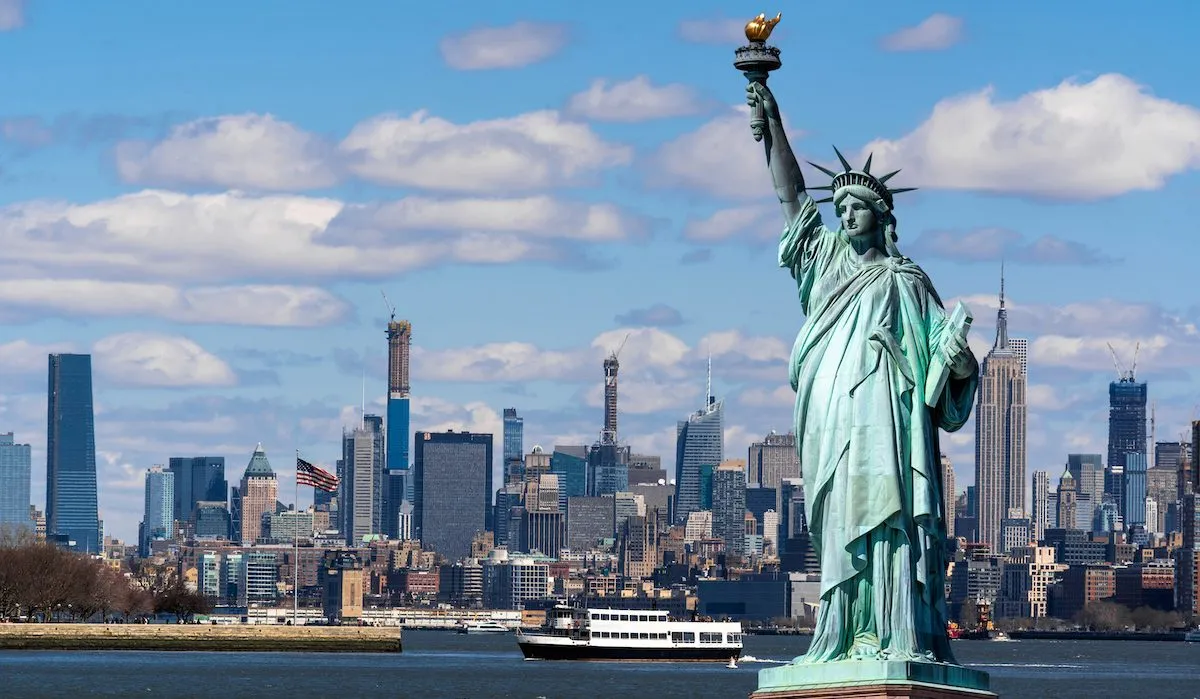K
night Frank’s Q3 2025 Global Super‑Prime Intelligence report has just been released. The study tracks residential transactions above $10 million in the world’s top 12 luxury markets. In the third quarter, 474 deals were recorded, totalling $8.5 billion – a 21 % fall in volume and a 29 % drop in value compared with Q2.
Is this the start of a sustained slowdown or merely a pause after years of extraordinary growth? A quarterly decline can seem dramatic, but super‑prime markets behave differently from the mainstream. They are thinner, more volatile, and driven by global wealth creation rather than domestic wage growth. Even with the Q3 dip, activity remains well above pre‑pandemic levels, and the cooling is uneven: some cities are consolidating, others are still expanding.
New York remains a key case study. In Q3, the city logged 74 sales above $10 million, ranking second only to Dubai. That is a decline from 120 deals in Q2, one of the strongest quarters on record, yet still a very high level of activity. From a market‑wide perspective, three points stand out:
1. Demand is not the issue. The pool of buyers for high‑quality, well‑located New York properties remains deep. Wall Street, not City Hall, sets the tone.
2. Compensation in the financial sector has stayed at or near record levels, feeding directly into the super‑prime market.
3. Policy risk is being monitored but has not yet had a material impact. The new mayor’s campaign rhetoric on real estate and wealth has been noted, but so have the pro‑development measures announced during the campaign.
On Knight Frank’s Intelligence Talks podcast, I spoke with Jonathan Miller, President and CEO of Miller Samuel. His on‑the‑ground assessment aligns with mine. He said, “Wall Street looks set to surpass last year’s compensation levels, which were already among the highest on record.” Regarding the Q3 pullback, he added, “I think it’s a blip. We often see the very high end outperform the rest of the market in the fourth quarter.”
London presents a contrasting picture. In Q3, the city recorded 36 sales above $10 million, down from 52 in Q2 and 62 a year earlier. In 2022 London was the world’s second‑busiest super‑prime market; it now sits in sixth place. The city’s global appeal remains, but the perceived stability of its tax environment for globally mobile wealth has eroded. Threatened wealth taxes, changes to the treatment of non‑domiciled residents, and a steady stream of anti‑wealth rhetoric have fostered a “wait and see” mindset among high‑value buyers.
For New York policymakers – where over half of city tax revenue comes from real estate – London’s experience serves as a cautionary tale rather than a model.
Looking ahead to 2026, the Q3 data signal a cooling, not a collapse. Global volumes are lower than recent highs but still above historical norms. New York is well positioned: stable inventory, strong financial‑sector compensation, and a pragmatic policy backdrop give it a credible claim to lead the next upswing. Policy risk remains the key differentiator. Markets that welcome capital rather than merely tax it will gain share in the super‑prime league.
If financial markets stay positive, 2026 could see a significant uptick in top‑tier transactions in the U.S. and other global markets. The interplay between politics, policy, and private wealth is now the central storyline in global real estate. Super‑prime markets are no longer just a mirror of global growth; they test how cities treat success. New York, for now, appears set to stay on the right side of that equation.
Liam Bailey – Global Head of Research, Knight Frank
This column does not necessarily reflect the opinion of HousingWire’s editorial department and its owners.
Contact the editor responsible for this piece: [email protected]













